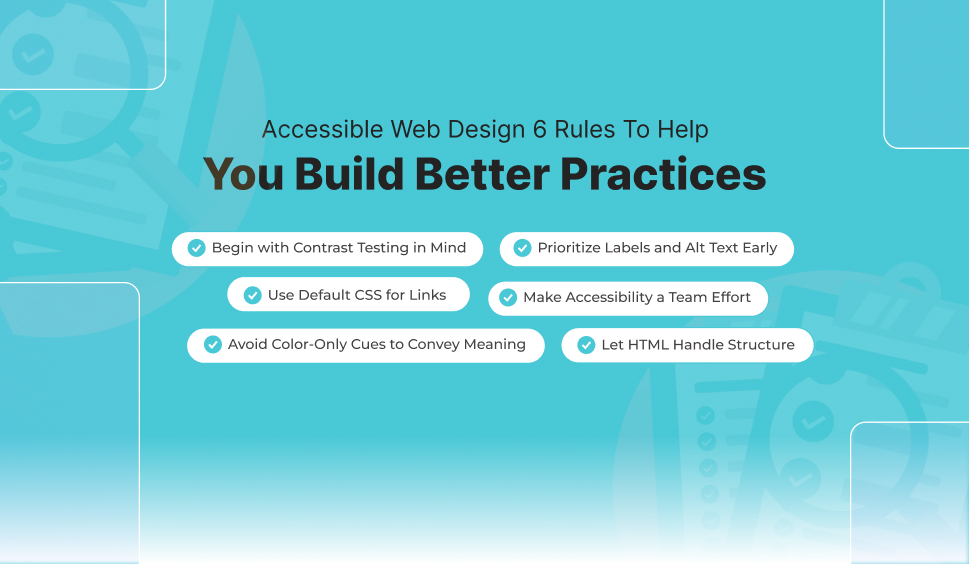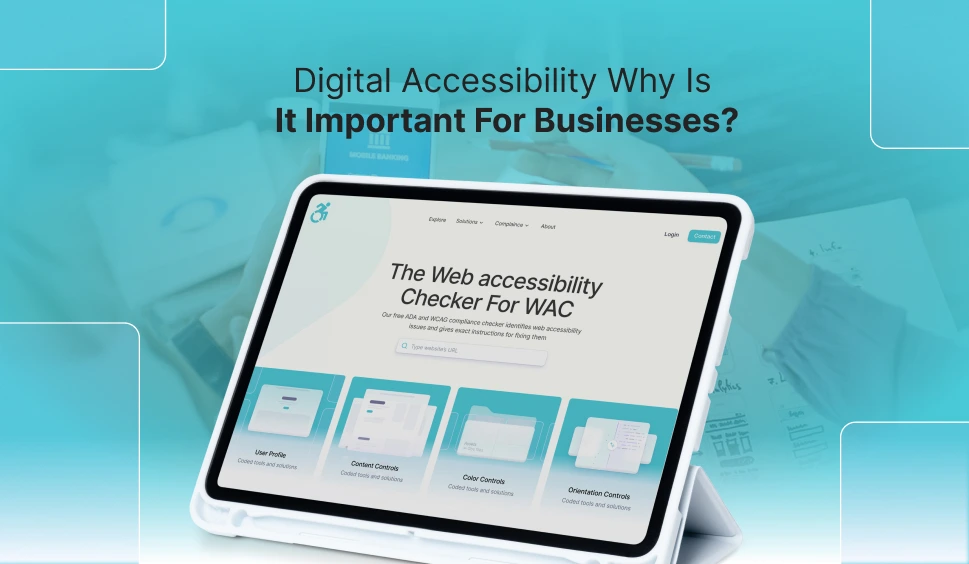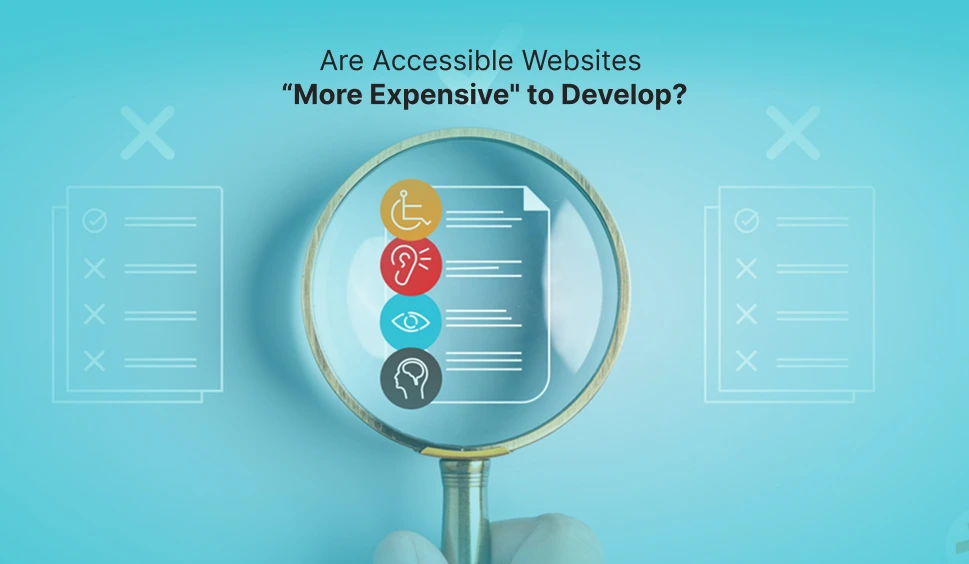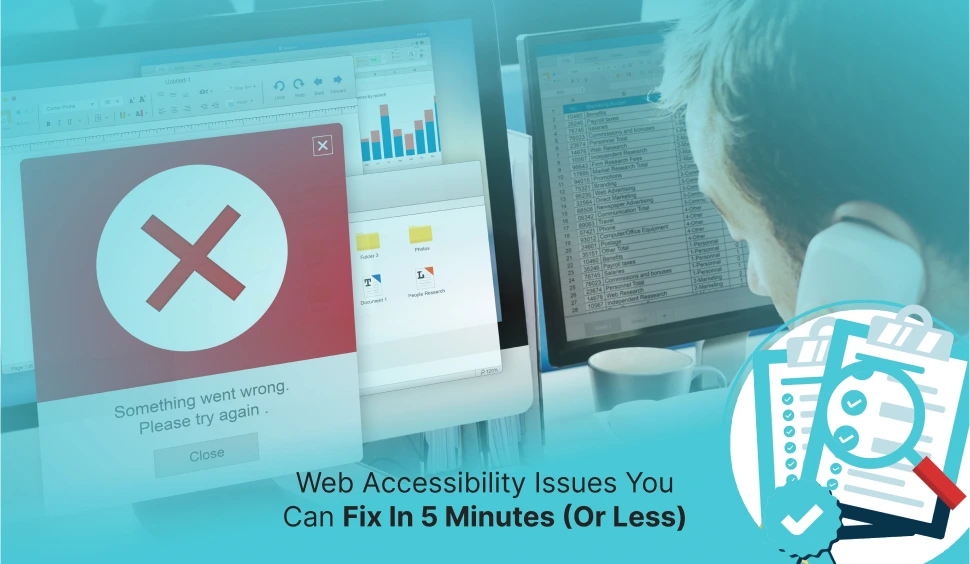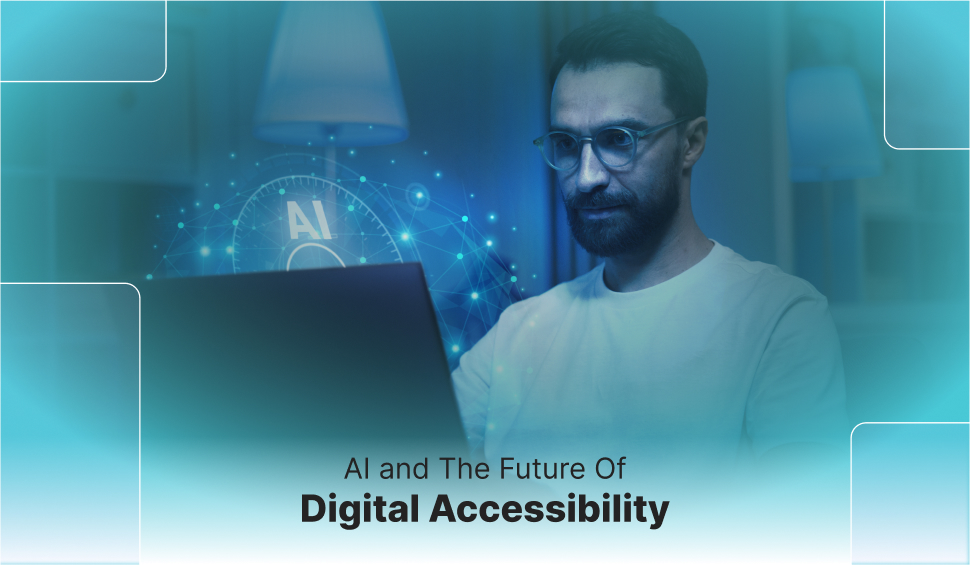
AI And The Future Of Digital Accessibility
It is more important than ever to guarantee fair access to online data and services as the world grows more digital. It can still be quite challenging for persons with disabilities to navigate the internet because of things like inaccessible websites and technologies that don’t adjust to their needs. AI is changing that by revolutionising digital accessibility and creating a more expansive online environment using its capacity to automate tasks, customize user experiences, and enhance assistive technologies.
Automating Accessibility Compliance
Ensuring a website meets accessibility standards such as the Web Content Accessibility Guidelines (WCAG) conventionally requires time-intensive manual checks. These audits often missed indirect issues and couldn’t scale well throughout large or often updated websites.
Today, AI-powered accessibility tools like WAC are transforming this process. These systems can automatically scan and analyse whole websites in real-time, dwindling common accessibility matters such as missing alt text, inappropriate heading structures, and low colour contrast. This decreases the workload for developers while helping ensure more constant and detailed compliance.
Enhancing Assistive Technologies
Screen readers and speech-to-text tools have long helped users with disabilities, but AI is pushing their capabilities to new heights. With Natural Language Processing (NLP), modern screen readers can better comprehend context and structure, causing smoother and more rational narration of complex web pages.
Equally, AI-improved voice recognition software enables users with motor impairments to control their devices more instinctively. These tools help improve accuracy and responsiveness by handling a greater range of languages, accents, and speech patterns. Tools that translate speech into text in real-time are also AI-driven, which is particularly useful for people with hearing impairments during video chats or live events.
Personalised Experiences For Different Requirements
One of AI’s most dominant contributions to accessibility is its ability to tailor digital experiences in real-time. Users with visual impairments may need higher contrast or larger text, while users with cognitive disabilities might profit from basic layouts or more direct language.
AI algorithms can adapt a website’s interface based on individual preferences or assistive technologies being used. For example, users who rely on screen readers can be automatically offered streamlined navigation, while others can accept content in audio or visual formats based on their needs. These real-time alterations decrease barriers and make digital spaces more user-friendly for a broader audience.
Smarter Design Over Predictive Insights
AI also offers predictive capabilities that help developers recognise and solve accessibility concerns before users come across them. AI can identify areas where users may get stuck by analysing their interactions and behaviour patterns. Examples of this include repeatedly hitting a button without getting a response or abandoning a form midway through.
This feedback helps designers enhance usability proactively. Some tools even imitate how users with various disabilities would engage with a product, allowing inclusive design early in the development process rather than as a quick fix.
Education And Workplace Inclusion
AI is creating more inclusive environments in the workplace and in schools, going beyond basic online browsing. For students with cognitive or sensory impairments, tools like personalised learning platforms can adapt to their unique learning needs and offer tailored progress and content.
In professional surroundings, AI-driven transcription, document formatting, and language translation tools make it easier for employees with disabilities to work together and contribute completely. These solutions promote equity in access to both education and employment possibilities.
Real-Time Captioning And Transcription
Multimedia content, including videos, webinars, and podcasts, can be unreachable for those with hearing impairments. AI-driven captioning and transcription tools help transform that. Services like Google Live Transcribe or Otter.ai utilize deep learning to provide fast, precise captions in real-time. They can even adapt to a variety of acoustic environments, understand complex language, and distinguish between many speakers.
These advancements enable a broader range of audiences, including non-native speakers and others who prefer reading to listening, in addition to individuals with disabilities.
Challenges And Ethical Considerations
Despite AI’s power, its role in accessibility isn’t without flaws. Some blind users have stated inaccuracies in AI-generated image descriptions, which can lead to misunderstanding. An over-reliance on AI might provide businesses a false sense of compliance, which could discourage more thorough attempts to understand and use inclusive design principles.
Furthermore, there are ethical questions about bias and data privacy. AI systems need to be able to deal with a variety of datasets in order to serve people with a wide range of abilities and experiences. To make sure AI solutions don’t unnecessarily exclude or misrepresent users with disabilities, visibility and human oversight are crucial.
Conclusion
AI is becoming increasingly important in improving the inclusivity of the web as digital accessibility develops. AI is creating more accessible online experiences, workplaces, and educational institutions by facilitating real-time content updates, automating audits, and improving assistive devices. This is creating new opportunities for accessibility in a variety of ways.
Thus, AI is not an alternative to human empathy and inclusive design thinking but functions as a tool to strengthen it. The combination of technology with intentional design can create a digital world where accessibility is not a rethinking but a standard.
Connect with WAC to ensure your website is compliant and available. Our skills in using AI and state-of-the-art accessibility solutions can help you develop a digital setting that is inclusive to all users.
 Let's Discuss Your Tech Solutions
Let's Discuss Your Tech Solutions 

